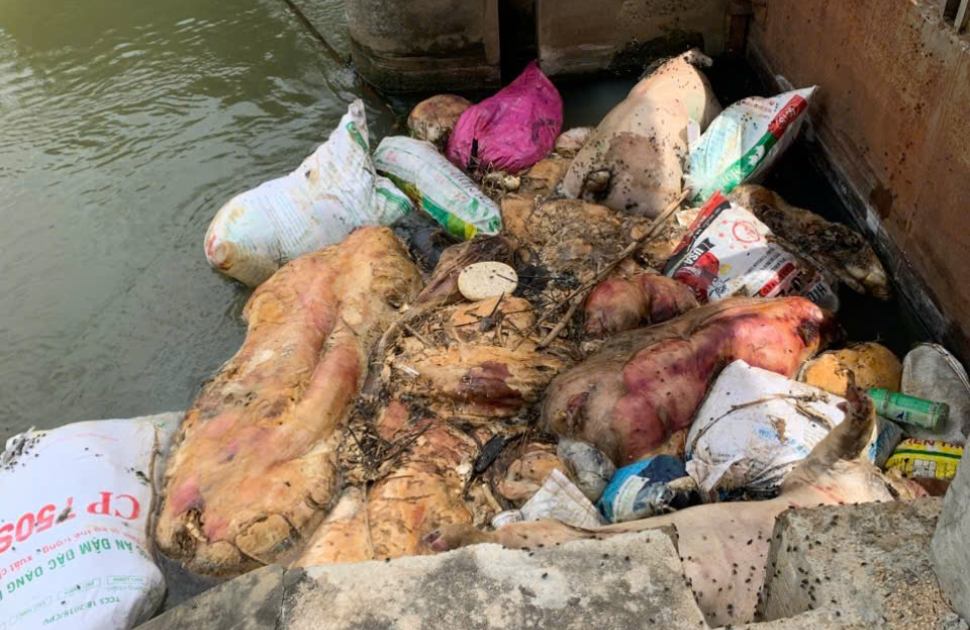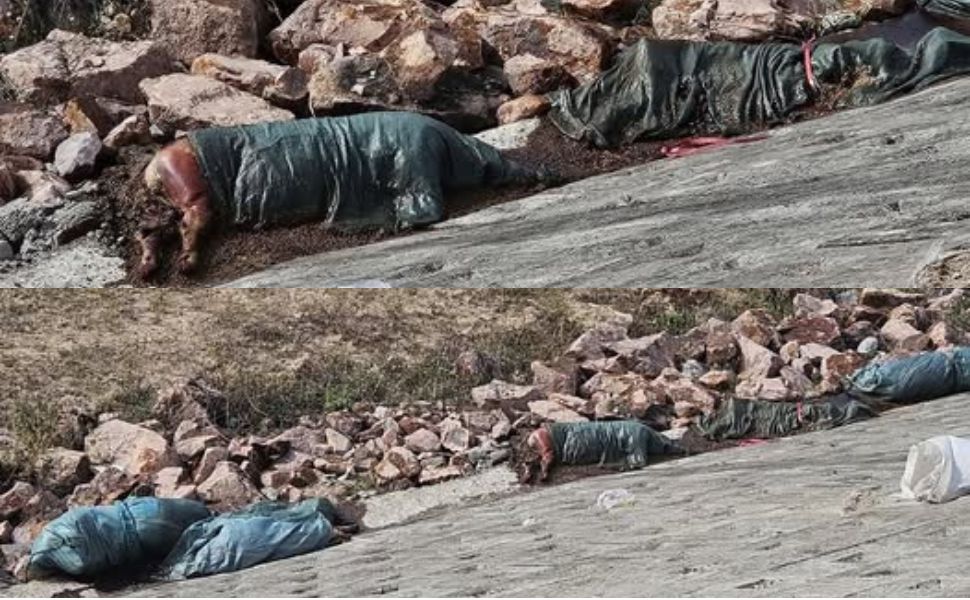From the beginning of 2025 to now, African swine fever has occurred in 34 provinces and cities across the country, with 8,821 villages in 1,159 communes recording the epidemic. The total number of pigs infected, dead and destroyed was more than 373,000.
In Gia Lai, since the end of June, the epidemic has appeared in 21 pits in 48 livestock households in 21 communes and wards, forcing the destruction of 984 pigs with a weight of more than 58 tons.

According to the Department of Agriculture and Environment (DONRE) of Gia Lai province, epidemics in the western communes of the province are on the rise, while the eastern communes of the province have shown signs of decreasing. Currently, 6 communes and wards (An Nhon Dong, Cuu An, An Hao, Tuy Phuoc Tay, Tuy Phuoc, Ia Tul) have not had any new outbreaks for 21 days.
However, the risk of an outbreak is still high due to erratic weather (Western Gia Lai in the rainy season, East Gia Lai in the hot and hot weather) and the common practice of small-scale livestock farming. The barn is open in many places, the livestock household is close together, and biosafety is not guaranteed. In addition, the epidemic situation in many other localities across the country is still complicated, increasing the risk of spreading.

Along with that, Quy Nhon Ward Police in coordination with the animal disease diagnosis and treatment station have just discovered more than 1 ton of pork of unknown origin, not ensuring food safety; all have been destroyed, and violations have been handled according to regulations.
To control the epidemic, the province continues to maintain 4 epidemic control posts on key national highways: Binh De posts (National Highway 1, Hoai Nhon Bac ward), Song An posts (National Highway 19, Cuu An commune), Ia Khuol posts (National Highway 14, Ia Khuol commune) and Ia Le posts (National Highway 14, Ia Le commune).
The Department of Agriculture and Rural Development of Gia Lai province said that African swine fever is a dangerous infectious disease caused by a virus, clinically easily confused with classical swine fever, which can only be accurately determined by testing.
The disease is spread mainly through direct contact, through undercooked pork, leftover food, or through tools, means, and clothes carrying pathogens.
"Pets absolutely do not hide epidemics, do not self-treat or dump pig carcasses. When detecting a new outbreak, you should immediately report it to the authorities and veterinary agencies for timely and safe instructions on handling it," the Department of Agriculture and Rural Development recommends.
On August 20, Gia Lai Provincial Party Secretary Ho Quoc Dung directed the Propaganda Department, the Mass Mobilization Department to coordinate with the Fatherland Front and socio-political organizations to strengthen propaganda and mobilize slaughterhouses, pork processing and trading establishments to strictly comply with regulations on veterinary hygiene and food safety.
He requested that epidemic prevention work must be associated with restoration, stabilization of livestock farming and product consumption, avoiding causing panic among the people. Party Committee Secretaries and Chairmen of Commune and Ward People's Committees are responsible to the Provincial Party Committee Standing Committee if the epidemic spreads widely in the locality.
As Lao Dong has reported, since the end of June, the Van Phong irrigation canal system through Binh An, Binh Hiep, Hoa Hoi communes... has been seriously polluted due to dead pigs being thrown down. Many remains are in the process of decomposing, expanding, giving off a strong stench and getting stuck at the discharge gates, seriously affecting the environment and people's lives.
Recently, on the morning of August 4, people in Phu An and Phu Xuan villages (Tay Son commune) discovered many sacks containing pig carcasses in the Dong Xiem bridge embankment area. Some pork parts were exposed, many of the bodies were decomposed, giving off a strong stench.










